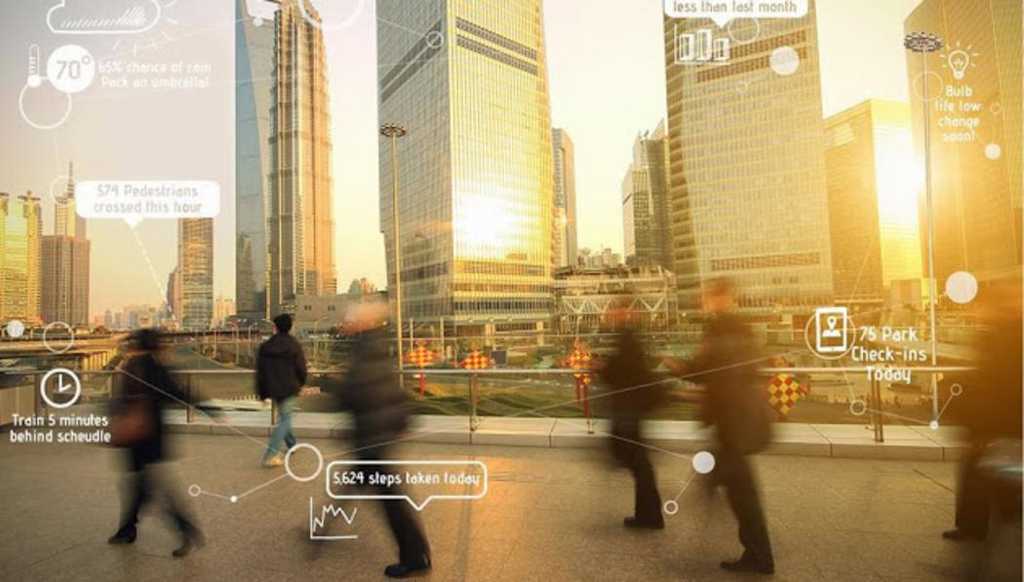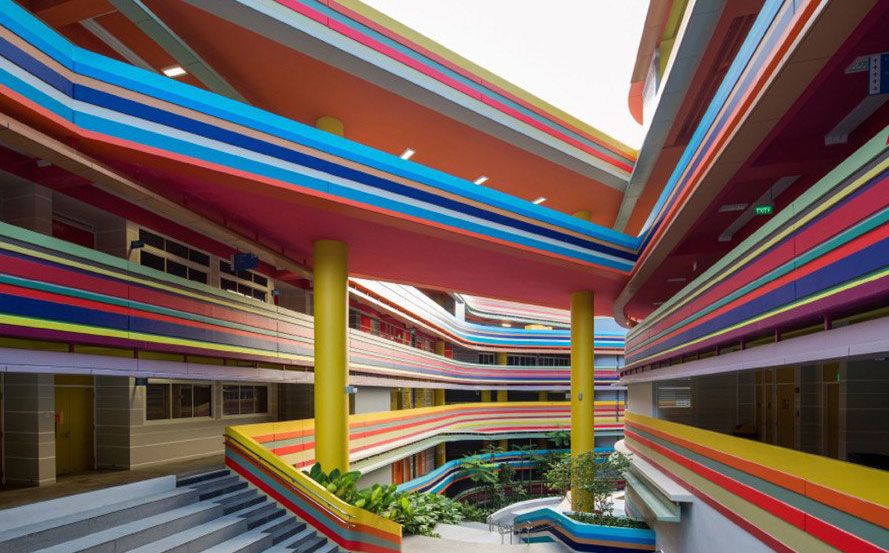KEY ENABLE TECHNOLOGIES (KETs)

One of the EU research programme considered Key Enabling Technologies (KETs) to be: nanotechnology; micro- and nano-electronics; photonics; biotechnology; advanced manufacturing and processing; and, advanced materials. A seventh, Information and Communication Technologies (ICTs), was considered as a transverse facilitating technology. These technologies present an intensive use of knowledge, are associated with a high intensity of R&D, and show very fast innovation cycles. These innovations are essential for the development of a territory, promoting the generation of wealth, and the creation of qualified jobs.
Their relevance is not limited only to their role as emerging sectors, but rather they are strategic, given their transverse nature, which is fundamental in the structuring of knowledge-based sectors.
In this regard, the European Commission set the definitive implementation of 5G networks. A technology designed to accelerate the so-called internet of things (IoT), which proposes the mutation of everyday objects into intelligent devices, capable of interacting with each other to anticipate the needs of human beings. The horizon that is becoming clearer is that of everyday devices, communicating with each other, and with people. With this perspective, a strong social change is expected, sponsored by large data transfers in a hyper-connected planet. The Internet will be as important a technology in the 21st century as electricity was in the 20th century. In a few years, the economy and society will cease to exist as we know them. Innovation as a lever for progress will adequately resolve the new social demands.
Much of that transformation, or quiet revolution, will be brought about by emerging technologies which will use digital networks as a means of communication. Internet services can already return information before the user requests it but, in the future, they will anticipate it to the point where any device will be able to recognise the user’s mood.
The fields of research and experimentation are working to achieve full interaction between man and machine, through audio and video. Artificial intelligence (AI) applied to physical environments will allow them to interact with people, a utility that will be essential to improve and facilitate life for people with physical, sensory and/or cognitive functional diversity.
The development of emerging ICTs will take place mainly through leisure and entertainment (films, photos, videos, games, etc.). The fundamental communication tool, or interface, will be digital television, especially when high definition and internet are integrated. Broadband internet connections will ensure faster downloading of data and high-definition content. These three pillars (TV, internet and high definition) are the basis of the so-called fourth digital decade.
In short, all connections via the Internet will be wireless, through Wifi, Zigbee or other technologies, which will take advantage of current public infrastructures for their final deployment. Domestic infrastructure can also be used to optimise resources. LiFi networks which are a two-way data transmission technology, faster than optical cable, will be implemented, aiming to revolutionise mobile communications by transmitting data through LED lighting.
However, the capabilities and potential provided by ICTs are not currently used in homes and buildings, and the architecture and concepts of which, generally lag behind the interests, needs and desires of their inhabitants. In this regard, multidisciplinary collaboration becomes essential to solve this limitation.
The concepts of Digital Home and Ambient Intelligence (AmI) are very effective tools, to achieve the integration of emerging technologies in the building.

These adequately allow energy management and saving problems to be solved, satisfying communication and information needs. In addition, they focus on making the physical environment of people with functional diversity, safer, more accessible and personalised, facilitating their personal, physical and intellectual development. The advances obtained in the spaces destined for these specific groups will be extrapolated to the rest of society, with the consequent improvement in well-being, comfort and quality of life, in general.

